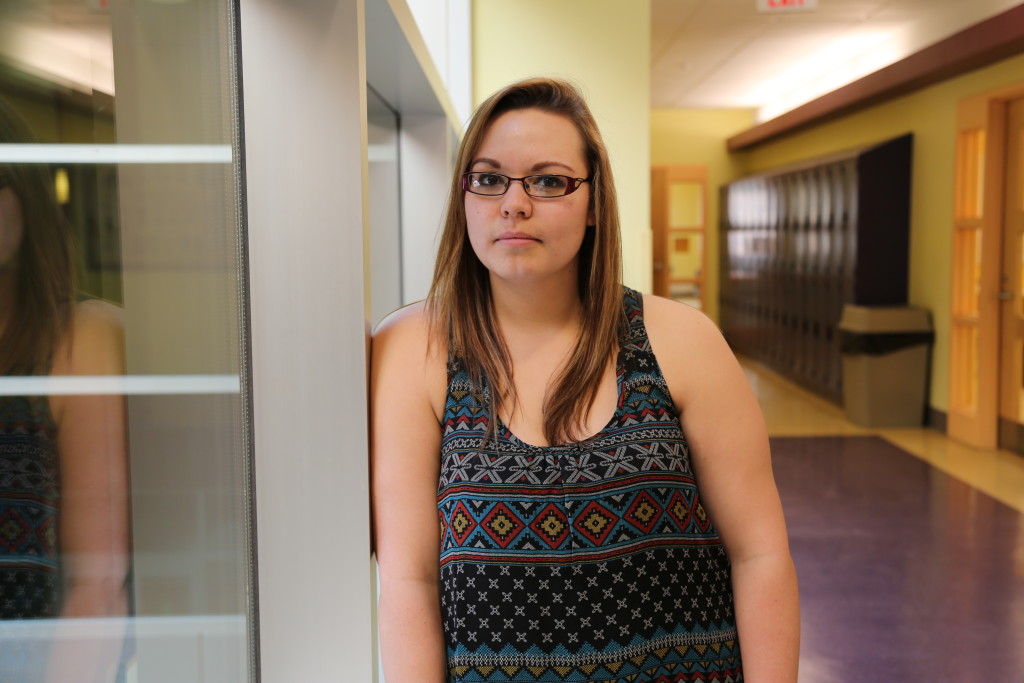
The St. Thomas University Students’ Union is considering restructuring council to include representatives for the indigenous,
international and LGBTQ communities, as well as adding a social inclusion representative.
Philippe Ferland, vice-president administration at STUSU, said council will vote on whether or not to amend the constitution to add these positions during the next council meeting on Oct. 6.
If the motion is passed, students from respective communities can run for the position and would be voted in by students in their groups.
“It was always something that we considered over the years but no one really tried it seriously,” Ferland said. “We felt that there was quite a few groups on campus that felt like they didn’t have any kind of involvement with student union politics … we’re kind of like ‘Hey, we don’t really talk about international student issues or aboriginal student issues, why not?’ So this is kind of our solution to that.”
Ferland said the three groups were chosen because they are prominent at St. Thomas.
“We looked it over multiple times and tried to base it off which groups are most significant to the school and so we felt that international students are a big part of STU, the aboriginal students who honestly have had very little presence in student politics … there was always an inability to communicate so we thought that’s absolutely necessary.”
Ferland said the social inclusion representative would be a placeholder for other groups that want to be included and the position would be up to review every year.
Esteban Rivera, president of the St. Thomas University International Student Association, said he thinks this is a good move.
“I feel like we also deserve representation because we come from so far away and our customs are completely different from those in Canada so I think STUSU doesn’t always take that into consideration,” he said. “We are apart of the community and these decisions affect us, so if we don’t have a word on it, it’s kind of not fair.”
Lucas Gutiérrez-Robert, second-year STU student and member of the LGBTQ community said this may be a step in the right direction.
“We live in a province where we don’t even have an aboriginal minister and so if we can at least start from I guess the bottom up it would be important to have things like that,” Gutiérrez-Robert said.
“I think that in order to make a good template for our government we have to … actually know what we’re hoping to achieve within our society and using campus politics as a template for that I think is interesting.”
Mandy Richard, an indigenous student at STU, said she’s surprised there isn’t already an indigenous student representative.
“I think there’s a positive relationship but at the same time with my experience doing the Red Dress Project especially last year so many students didn’t know what it symbolized,” she said. “So it’s good to have someone to [educate].”
During council meeting on Sept. 29 members of council expressed concerns about what would happen to the two at-large representatives, especially since they were voted in by the student body last school year.
Ferland said STUSU may keep the at-large reps and perhaps change the definition of their role in the constitution to be more specific.
“The constitution just says ‘to represent students as a whole,’ so we thought that’s very vague kind of almost nonsensical because how does one student as a voting member represent the school as a whole?” Ferland said. “But after [last meeting] I think it’s a good idea to put back the at-large reps.”
If the motion passes and representatives are elected, they will act much like current residence representatives, where they would consult their respective groups and vote on all issues.
Ferland said the last time council was restructured was in 2012, when the number of at-large representatives was changed from three to two. Before that, the last time it was done was 2006, when the proportionality between off-campus and residences was equalized.
